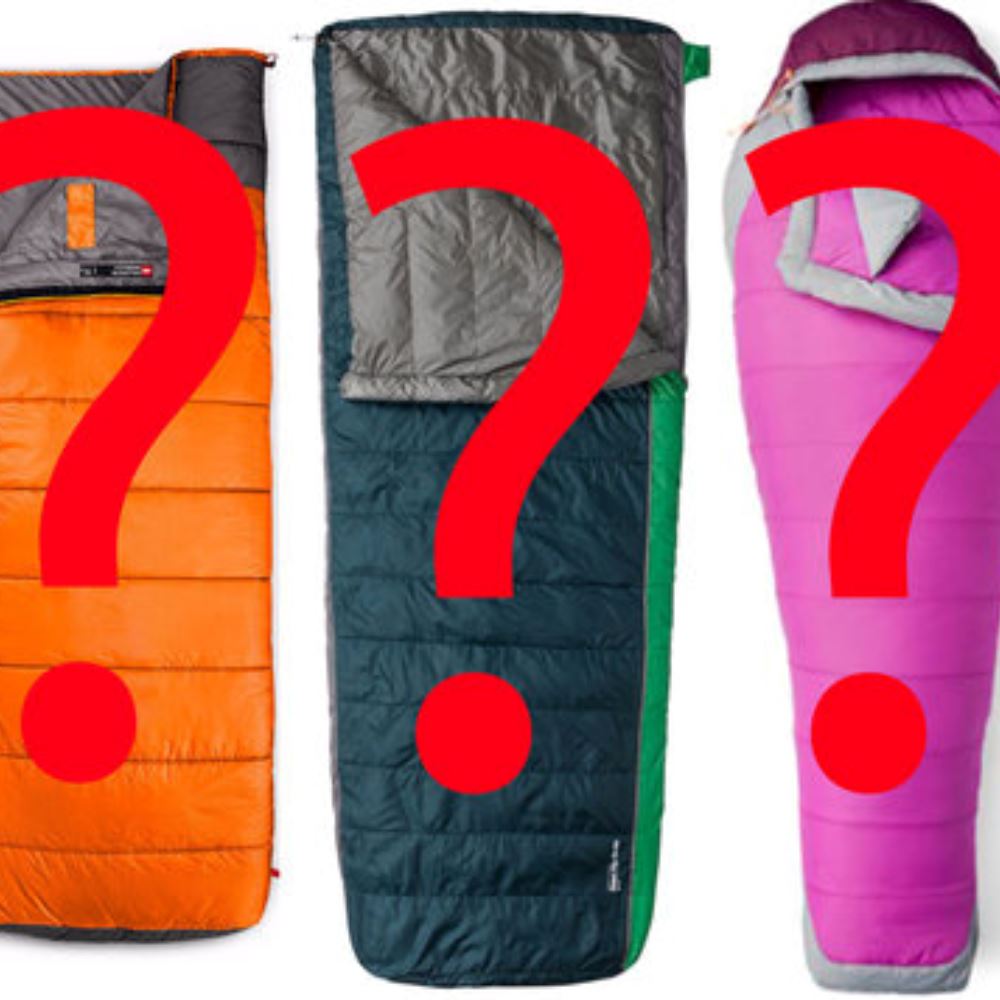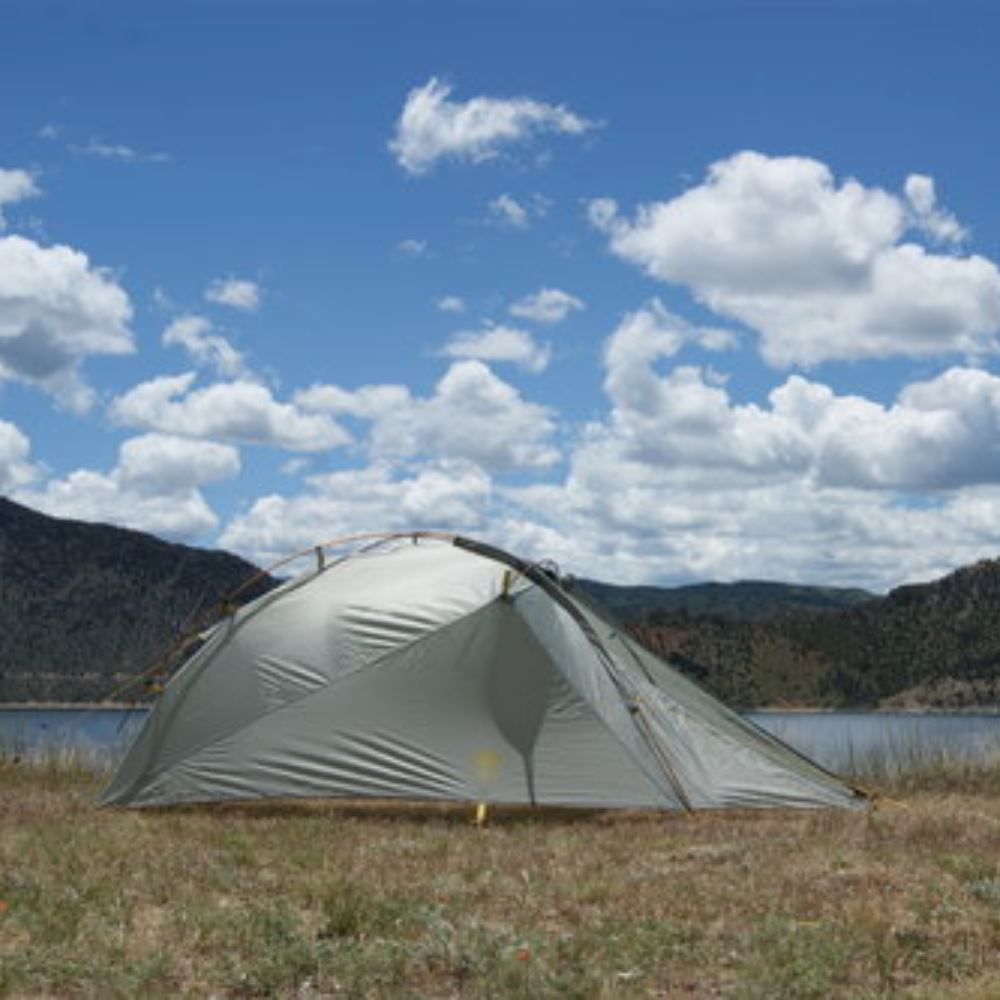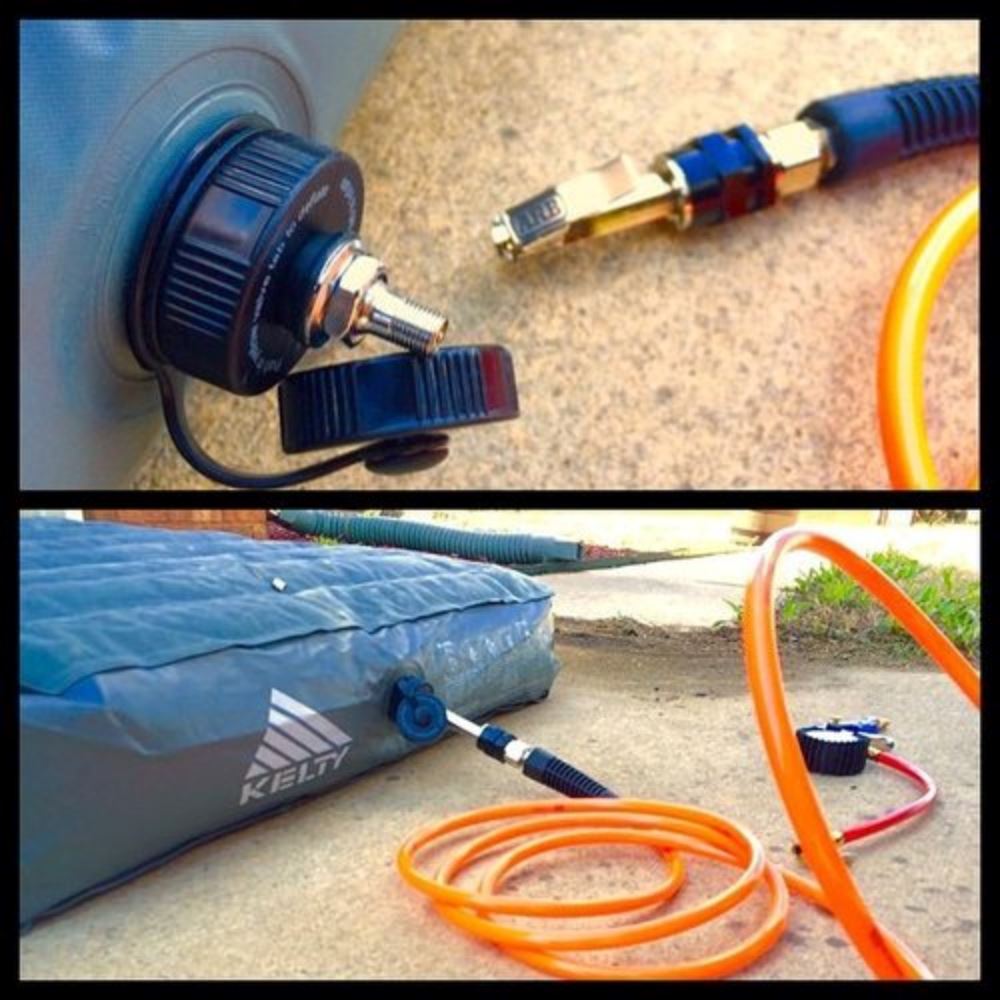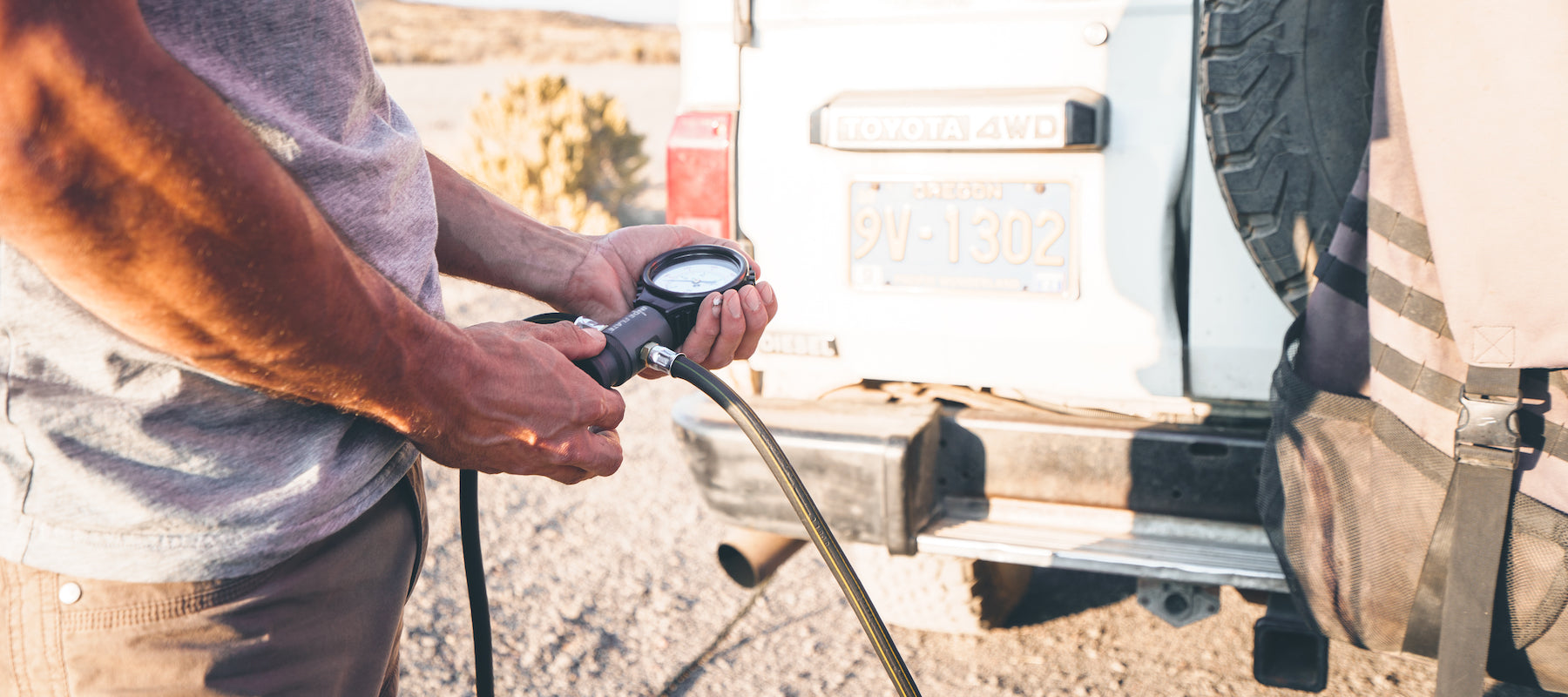As it turns out, selecting a proper sleeping bag is much easier than it looks. It really boils down to three determining factors: temperature rating, type of insulation, and size. Here is what I learned.
Temperature Rating
My bag was old, really old, purchased from a discount store some fifteen years ago. During this time, it was exceedingly difficult to determine a realistic temperature rating based on manufacturer claims. This was due to a lack of standardization. As it turns out, ratings were dictated by each manufacturer, that is until 2005 when the *European Norm (EN 13537) was released creating a singular rating system. This means that if you are considering a bag that is rated at 35F, then that’s exactly what you will get -well, sort of.
As it turns out, women’s bag ratings differ by 12F degrees due to a lower sleeping temperature -I’m sure most men are already aware of this detail, having been thrust awake by a frozen toe or buttock on their back in the middle of the night. Due to their colder nature, women’s bags will contain additional insulation to achieve the same temperature rating as a men’s bag. Thus, if you are a woman and your male partner offers to lend you one of his sleeping bags, make sure that it has at least a 12F degree higher rating than the climate in which you intend to use it. Make sense? One note on this temperature differential, there is some information out there that points to body mass as the determining factor rather than gender. Although this is completely reasonable, I don’t have any concrete facts to back this up. Perhaps if I paid to read the EN 13537, but I’m not that motivated. Moving forward.
SOME TEMPERATURE RATING TERMS TO PONDER:
Upper Limit - the max temperature that the average man can sleep in comfort.
Comfort - the lowest temperature that the average woman can sleep in comfort.
Lower Limit - the lowest temperature that the average man can sleep in comfort.
Materials: Down vs Synthetic
It should come as no surprise that the insulation dictates temperature ratings. There are two primary types of insulation currently being used in sleeping bags: synthetic (polyester) fibers, and down which is sourced from both ducks and geese alike. Synthetic is the more cost effective choice of the two, featuring greater loft (fluffiness) retention, and moisture resistance. Synthetic insulation is also hypoallergenic making it the only choice for those with allergies to animal products. However, when it comes down to staying warm, goose down is your (expensive) friend.
One quick side note regarding down products, there are some seriously messed up practices in the way in which it is collected. I don’t have the space here to give this message the attention it deserves, so I will just say this, make sure that the company in which you purchase your down products from is a Responsible Down Standard Certified source (RDS). Please Read more about RDS here.
Fill power rating determines how much loft a down bag provides per ounce, and has zero correlation with temperature rating. Thus, a 50F down bag rated at 500 fill power is equally warm as a 50F down bag with a 700 fill power rating. Loft aside, a higher fill rating will provide for a higher quality bag that will also be physically smaller when packed away. In other words, if space is a premium, and you can afford it ($$$), go with the higher fill rating. Selecting the overall size that’s right for you is fairly straightforward, but should be carried out in person.
Size and Shape
To save time, you may find it useful to read online reviews. But, not unlike buying a pair of tennis shoes, it’s always best to “try on” a sleeping bag before purchasing due to variances in length and width. Traditionally, available sizes are long, regular and women’s. In this particular criteria, it’s best to spend some extra time with your selection. Ultimately, comfort and heat retention will depend on selecting a bag that is appropriately sized to your specific body type. For example, selecting a bag that’s too large will create cold pockets and decrease warmth; select one that’s too small and you’ll not only be uncomfortable, but also slightly colder as well.
Body types, claustrophobia and intended use can drive people to pursue different styles of bags. There are four primary styles: rectangular, semi-rectangular, double-wide, and mummy.
RECTANGULAR
Due to its virtual one-size-fits-all shape, the rectangular bag is by far the most common. As an added bonus, using two of the same rectangular bags will allow them to be zipped together to create a queen sized sleeping bag. The same space could be achieved with a double-wide bag, only without the ability to downsize for a single sleeper.
Image: North Face
An example of the rectangular design, here is the North Face Dolomite 40/4. This is not an endorsement or recommendation.
SEMI-RECTANGULAR
These bags bridge the gap between the confined space of a mummy and spacious rectangular bags. Tapering from the head to toe provides some space and weight savings over the rectangular counterpart, but still offers decent space at the shoulders. Campers and hikers with broader shoulders would likely find more comfort in this bag than the mummy style.
An example of the semi-rectangular design, here is the Mountain Hard Wear Down Flip 35/50F (regular). This is not an endorsement or recommendation.
Image: Mountain Hard Wear
DOUBLE-WIDE
As the name implies, this bag is about twice as wide as a rectangular one. Intended to sleep two campers, this big boy is only for those who don’t mind being intimately close to their camping partner. Having never used a double-wide myself, I have to wonder if the 12F degree sleeping temperatures between men and women will allow both parties to be comfortable. If you have experience with double-wide sleeping bags, I’d love to hear your thoughts or opinions in the comments below.
Image: Nemo
An example of the double-wide design, here is the Nemo Mezzo Loft Duo Double Sleeping Bag. This is not an endorsement or recommendation.
Mummy
The final sleeping bag style is intended for hikers and the weight conscious, and are likely better suited to the backpacker than the overlander. Technically, it will work equally well for both, but overlanders tend to have more space available. Thus, the cramped confines of the appropriately named mummy bag will likely be too big of a trade off. Of course, this is only my opinion and I’m sure there are plenty of people out there who absolutely love sleeping in a body contoured bag.
An example of the mummy design, here is the Marmot Trestles 20 Elite Sleeping Bag for women. This is not an endorsement or recommendation.
Image: Marmot
HELPFUL SLEEPING BAG TERMINOLOGY
Shell - the exterior of the bag. It contains the insulation and blocks out the elements.
Baffles - keeps insulation evenly dispersed and prevents drifting.
Yoke - blocks drafts from entering around the neck.
Shaped Foot-box - provides room for feet for while sleeping on your back.
Tube - similar to the yoke, the tube blocks drafts with insulation at the neck opening.
Insulation/Fill - the component that provides warmth and comfort.
Insulated Draft Tube - located behind the zipper to block drafts from passing the zipper.
Foot Vents - just as it sounds, ventilation at the foot of the bag.
Hood - found on mummy bags; the area that encompasses the head.
Zipper - this one is obvious. For colder climates, look for a bag with a protective flap.
Final Thoughts
For the most part, sleeping bag selection will be dictated by where it's used most. My previous bag did a great job of keeping me comfortable in the warmer Southern US where I lived for most of my life. Having moved to the Western US, it became downright dangerous as the reality of freezing became far more likely. For those who camp in a variety of climates, it may be necessary to own more than one sleeping bag. Liners are also available that increase warmth enough to bridge between two different temperature ratings -but only just. Having a liner will not only add flexibility to the climates where the sleeping bag is used, they can also save some coin by negating the need for an additional bag. Use your best judgement here.
An additional note worth mentioning, the sleeping pad that you choose will also greatly affect comfort and warmth.Be sure to take this into consideration as while conducting research for your sleeping arrangements. If you found this article useful, please share it and subscribe to our mailing list below.
Resources:
*www.en-standard.eu EN 13537 has since been updated/replaced
www.prima-outdoor.com EN 13537 extract




